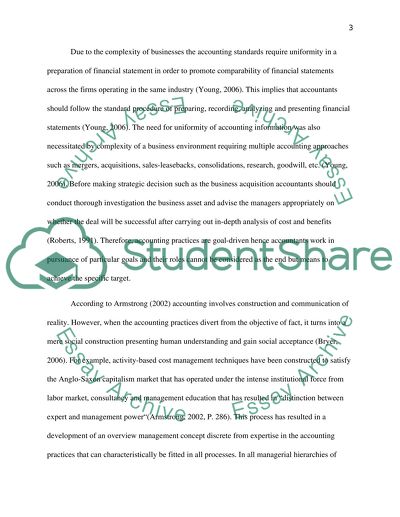Cite this document
(“Discuss the role of accounting in recent banking scandals: what were Essay”, n.d.)
Discuss the role of accounting in recent banking scandals: what were Essay. Retrieved from https://studentshare.org/finance-accounting/1673277-discuss-the-role-of-accounting-in-recent-banking-scandals-what-were-the-issues-of-accountability-representation-and-control-that-led-to-these-scandals
Discuss the role of accounting in recent banking scandals: what were Essay. Retrieved from https://studentshare.org/finance-accounting/1673277-discuss-the-role-of-accounting-in-recent-banking-scandals-what-were-the-issues-of-accountability-representation-and-control-that-led-to-these-scandals
(Discuss the Role of Accounting in Recent Banking Scandals: What Were Essay)
Discuss the Role of Accounting in Recent Banking Scandals: What Were Essay. https://studentshare.org/finance-accounting/1673277-discuss-the-role-of-accounting-in-recent-banking-scandals-what-were-the-issues-of-accountability-representation-and-control-that-led-to-these-scandals.
Discuss the Role of Accounting in Recent Banking Scandals: What Were Essay. https://studentshare.org/finance-accounting/1673277-discuss-the-role-of-accounting-in-recent-banking-scandals-what-were-the-issues-of-accountability-representation-and-control-that-led-to-these-scandals.
“Discuss the Role of Accounting in Recent Banking Scandals: What Were Essay”, n.d. https://studentshare.org/finance-accounting/1673277-discuss-the-role-of-accounting-in-recent-banking-scandals-what-were-the-issues-of-accountability-representation-and-control-that-led-to-these-scandals.


